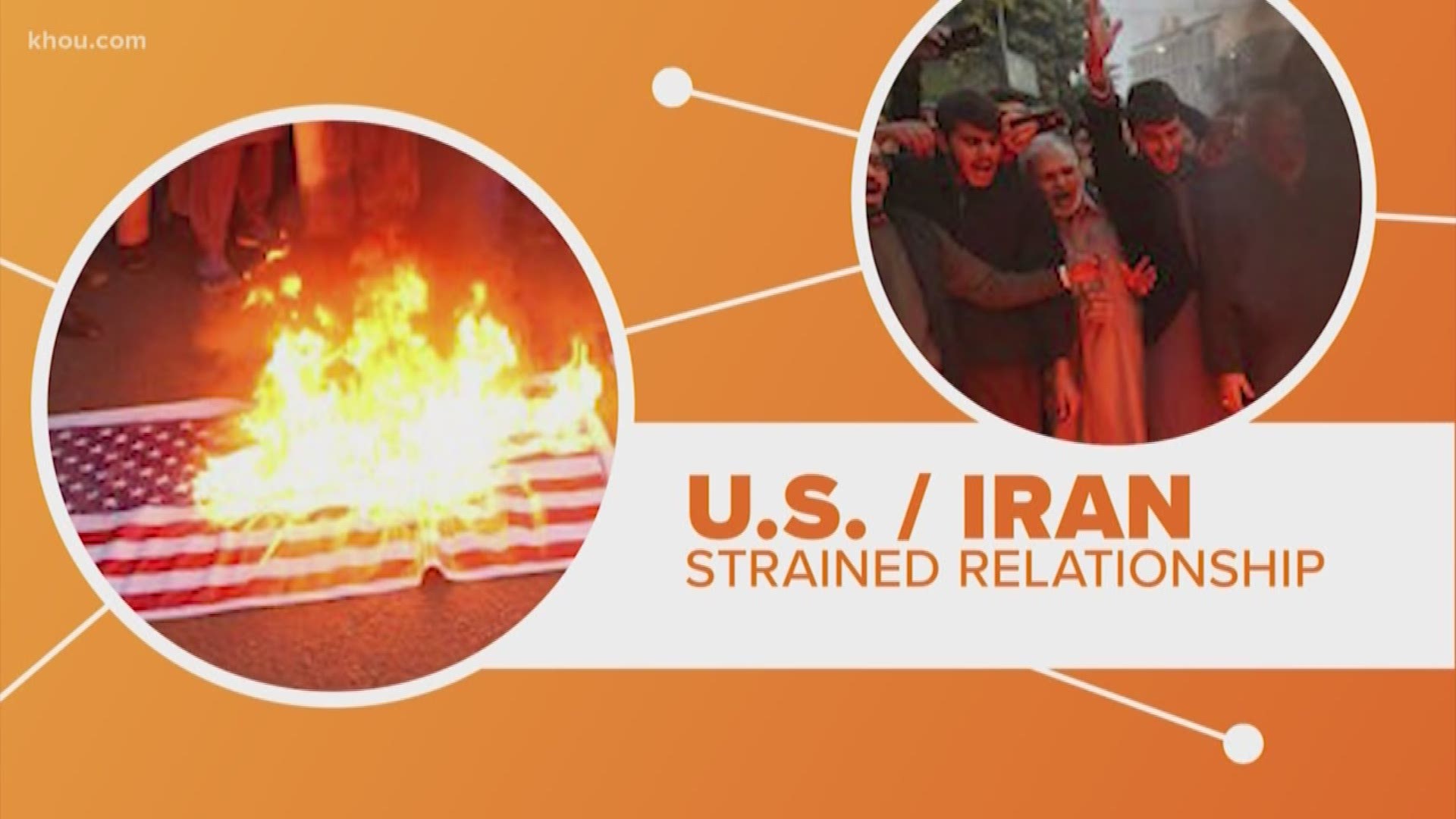United States officials are braced for Iran to respond to the killing of its most powerful general. They're noting heightened levels of military readiness in the country and preparing for a possible “tit-for-tat” attempt on the life of an American military commander, so the U.S. is reinforcing its positions in the region.
President Donald Trump ordered the Jan. 2 strike against Gen. Qassem Soleimani, the head of Iran's elite Quds Force, after the death of an American contractor in Iraq.
Now, U.S. officials believe the next steps by America's longtime foe will determine the ultimate course of the latest crisis.
One official said the U.S. anticipated a “major” attack of some type within the next day or two, according to the Associated Press. But American intelligence reportedly is not certain whether Iran's current moves are a sign it is simply bolstering its defenses or preparing for an offensive strike.
In Iraq, the U.S. has reportedly ceased training Iraqi forces to focus on force protection. Worldwide, U.S. commanders are being given the choice of whether to increase security at their military installations.
The U.S. Maritime Administration on Tuesday warned ships across Mideast waterways crucial to global energy supplies that there’s the “possibility of Iranian action against U.S. maritime interests” in the region.
Oil tankers were targeted in mine attacks last year the U.S. blamed on Iran. Tehran denied being responsible though it did seize oil tankers around the crucial Strait of Hormuz, the narrow mouth of the Persian Gulf through which 20% of the world’s crude oil travels.
There has also been speculation as well that Iran's response could come in the form of a cyber attack.
TEGNA Staff contributed to this report.

